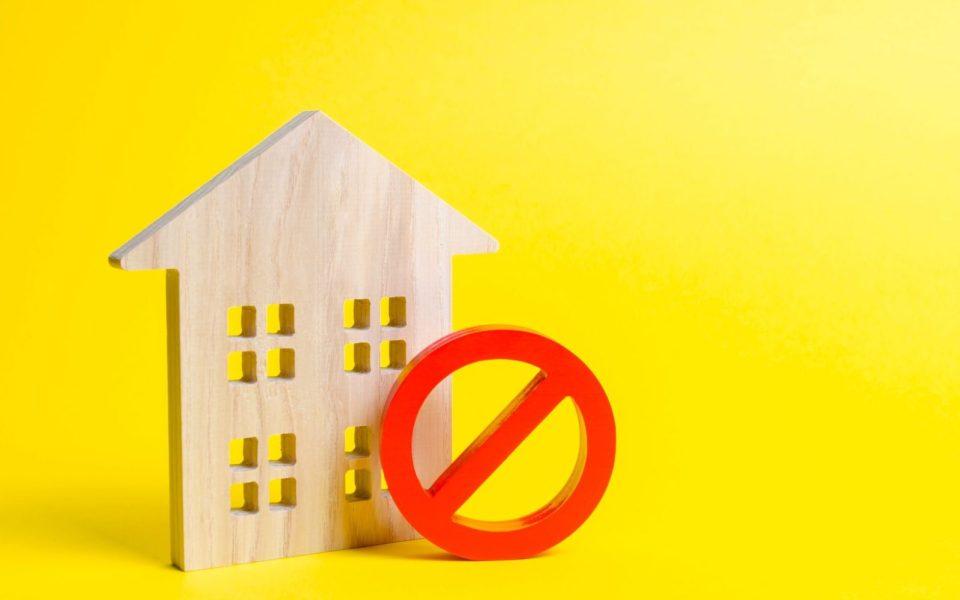A recent report authored by the Center for the Study of Economic Mobility for the city of Greensboro’s Housing and Neighborhood Development department found that homeownership rates have declined in the last decade, with many affordable homes being bought up by investors who purchase stock in cash.
The report “focuses on the ideals” of the city’s current vision and mission statements. The city’s vision statement professes that Greensboro will be a “community with endless economic opportunities and an exceptional quality of life,” while their mission statement asserts that they aim to shape an “inclusive future for equitable economic opportunity and sustainable, safe neighborhoods through resident focused services and programs.” CSEM is housed within Winston-Salem State University.
CSEM’s Director Craig Richardson is a researcher at WSSU who presented the report’s findings to city officials during a city council work session on Oct. 26.
Richardson’s research showed that homeownership rates have declined in Greensboro over the last few years. In 2009, 56 percent of people owned homes, but that number dropped to around 51 percent by 2021.
One noteworthy aspect of this data is the declining and inequitable homeownership rates.
White homeownership declined from 67 percent to 65 percent while Black homeownership declined from 39 percent to 34 percent.
Homeownership among Asian households increased by two points from 56 percent to 58 percent.
Hispanic homeownership was 46 percent in 2021 — the same as it was in 2009.
“I think the big story here is a widening gap in homeownership rates between Blacks and whites,” said Richardson.

What’s happening to affordable housing in Greensboro?
Around one in five owner-occupied homes in Greensboro cost less than $100,000, Richardson stated. Houses that sold between $100,000-$200,000 have dipped from 47 percent to 40 percent between 2009-21.
Across the country, the availability of homes that go for less than $200,000 is shrinking, and smaller-dollar homes also have the highest denial rates for loan applications, Richardson said.
“What about people at the lower end of the economic ladder?” Richardson asked, noting, “Who could easily afford that mortgage payment but don’t have access?”
According to Richardson’s data, the stock of more expensive abodes has increased in the past decade, ranging in price from $200,000 to more than a half-million dollars.
Richardson said that 70 percent of properties less than $100,000 in Greensboro are purchased with cash, and many are then rented as investment properties.
“We have a breakdown in access to mortgage credit,” Richardson stated.

Outside investors buying up property to rent out appear to be contributing to the problem.
“Would you expect the people who pay with cash are probably investors?” Mayor Nancy Vaughan asked.
“Almost all of them, yeah,” Richardson said, adding, “This is part of the story [of] why you have lower homeownership.”

“You’ve got a lot of folks here who are not on the same playing field, who don’t have $80,000 in their pocket to buy a house.”
Additionally, the number of available rental units is falling.
In 2009, around 60 percent of vacant housing units were available for rent or were being rented. That number now hovers around 40 percent.

Richardson added that the city’s poverty rate has subsequently increased.
In 2009, 11.9 percent of families were living in poverty. By 2021, that number has jumped up to 13.3 percent. The total number of families living in poverty has increased from 7,296 to 8,776. It was at its highest in 2016 with 9,720 families.
One in four households in Greensboro are extremely rent-burdened, meaning more than 50 percent of their monthly income goes toward rent, according to the report. For around 50 percent of households in the city, more than 30 percent of their monthly income goes toward rent.
Is there any good news? Richardson said yes: In areas of the city that have been targeted for reinvestment, Black, Asian and Hispanic homeownership rates have been going up sharply since 2015. For example, Black homeownership rates in those areas have gone up from 50 percent to 80 percent between 2009-21.

In addition to the report, CSEM created online interactive maps for the city that compares different metrics such as health outcomes, housing costs, education quality and mortgage denial rates.
All CityBeat reporting content is made possible by a grant from the NC Local News Lab Fund, available to republish for free by any news outlet who cares to use it. Learn More ↗
Republish this storyJoin the First Amendment Society, a membership that goes directly to funding TCB‘s newsroom.
We believe that reporting can save the world.
The TCB First Amendment Society recognizes the vital role of a free, unfettered press with a bundling of local experiences designed to build community, and unique engagements with our newsroom that will help you understand, and shape, local journalism’s critical role in uplifting the people in our cities.
All revenue goes directly into the newsroom as reporters’ salaries and freelance commissions.


Leave a Reply